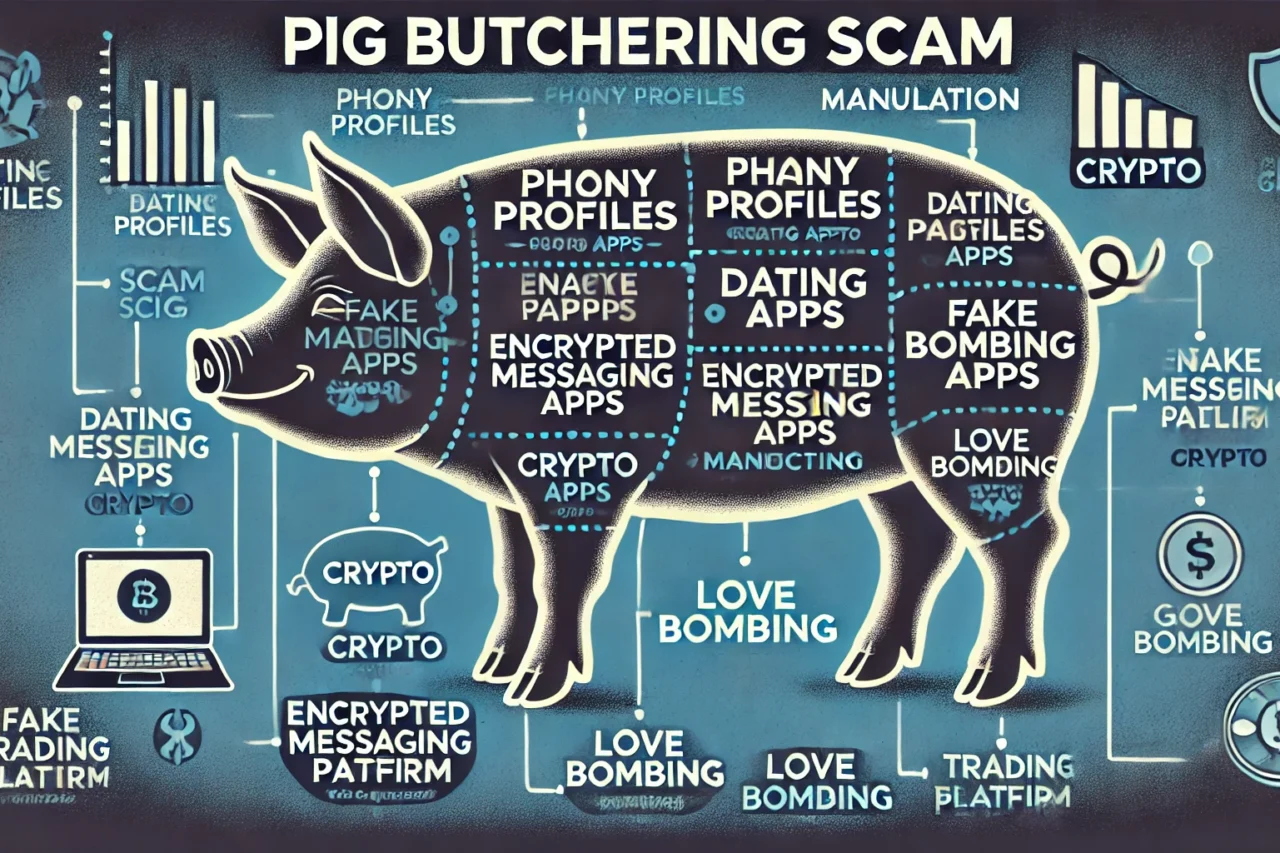The Ransomware Challenge: Strengthening Your Shield in Cybersecurity Warfare
August 25, 2023, 4 min read
Not too long ago, the support phone for our technical teams rang with an unmistakable note of excitement. The voice on the other end talked in and explained, ‘All our crucial company data has been locked away. The demand is for Bitcoin in exchange for unlocking it. Could you please help?’
This occurrence is a recent memory, close to the present moment. The specific identity and sector of the company matter less in light of the broader context. Ransomware attacks significantly escalated in frequency and scale around the mid-2010s. While instances were known before this period, the advent of cryptocurrencies like Bitcoin facilitated cybercriminals in demanding untraceable and anonymous payments, thus contributing to the upsurge in these attacks.
History of Ransomware Attacks
From around 2016, high-profile ransomware attacks gained widespread attention. Notable incidents include the May 2017 WannaCry attack, affecting hundreds of thousands of computers globally, and the NotPetya attack later that year, causing substantial harm across various industries.
Subsequent years witnessed a sharp rise in ransomware attacks targeting individuals, businesses, government entities, and even critical infrastructure. This trend’s persistent growth spurred increased cybersecurity awareness and efforts to counter these threats.
As of today, ransomware remains a prevailing threat. According to Technopedia, the Internet Crime Complaint Center (IC3) reported 2,385 ransomware complaints in 2022, with adjusted losses exceeding $34.3 million. Ransomware assailants often exploit social engineering techniques to infiltrate victims’ environments. IC3’s report highlights phishing, the exploitation of Remote Desktop Protocol (RDP), and software vulnerabilities as leading causes of ransomware incidents.
Key Strategies to Robust Defense Against Ransomware
Considering the broader perspective, how can we proactively safeguard ourselves and our organizations from the imminent threat of ransomware attacks? It’s pivotal to recognize that we’re far from defenseless in this battle. Allow me to shed light on key strategies that can serve as a robust defense against ransomware:
Beware of Phishing
Foremost, exercise prudence when handling email attachments or clicking on links, especially from unfamiliar sources. Ransomware often propagates through phishing emails containing malicious attachments or links. Recognize that attackers often target individuals, exploiting the perception that people are the weakest link in cybersecurity.
Regular Backups
While optimism is admirable, maintaining a consistent schedule of backing up critical data, offline or on cloud storage, is indispensable. This proactive approach ensures that even if ransomware encrypts your files, you can restore them without succumbing to ransom demands.
Software Updates
Never underestimate the importance of keeping your operating system, antivirus software, and all applications up to date. Beyond enhancing functionality, software updates frequently include security patches that bolster protection against ransomware vulnerabilities.
Strong Authentication
Strengthen your digital defenses by utilizing intricate passwords and implementing two-factor authentication (2FA) wherever possible. This extra layer of security fortifies your accounts, making it more challenging for attackers to breach.
Security Software
Invest in reputable antivirus and anti-malware software. This proactive measure not only detects but also thwarts potential ransomware infections.
Network Segmentation
For business contexts, consider implementing network segmentation—this strategic isolation of critical systems limits ransomware’s lateral movement, curtailing its potential spread.
Employee Training
Empower yourself and your team through comprehensive education about ransomware risks and proficient identification of phishing attempts. Knowledgeable awareness significantly strengthens defenses against infections.
Macro Vigilance
Disable macros in Microsoft Office files, as ransomware can sometimes exploit malicious macros for delivery.
User Privilege Management
Apply judicious user permissions, confining access to essential needs. This proactive practice erects barriers ransomware must overcome to access vital files and systems.
Offline Storage Protocol
Enforce the practice of disconnecting external storage devices like USB drives and external hard drives when not in use. These devices can serve as conduits for ransomware spread if connected to an infected system.
Security Best Practices
Embrace cybersecurity best practices in both personal and professional settings. This encompasses safeguarding personal information, avoiding suspicious link interactions, and maintaining a vigilant posture.
Final Words
In the ever-evolving landscape of cybersecurity, the ransomware challenge looms large. It’s a battle that demands constant vigilance, strategic thinking, and a collaborative spirit. As we conclude this exploration into strengthening our shield against ransomware, remember that cybersecurity is not solely the responsibility of experts but a shared commitment that extends to every individual and organization. By arming ourselves with knowledge, adopting best practices, and fostering a culture of security, we contribute to a safer digital environment for ourselves and future generations. Let’s stand united against the ransomware threat, fortifying our defenses and paving the way for a resilient and secure cyber world. By earnestly adopting these measures, we position ourselves and our organizations at the forefront of the ransomware battle. A united effort marked by preparedness, vigilance, and security consciousness stands as our most potent defense.




























